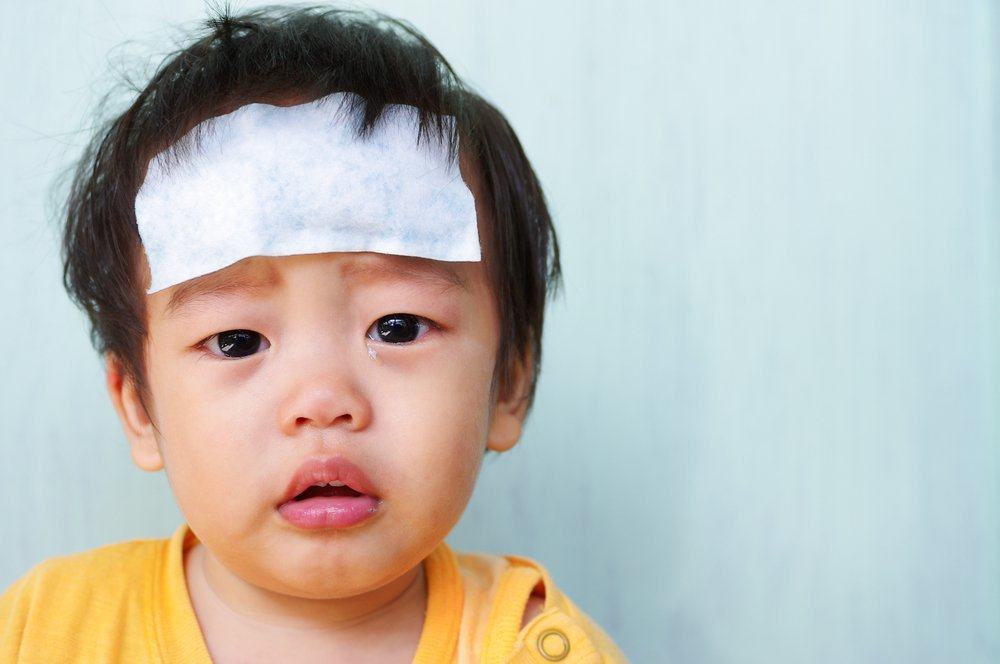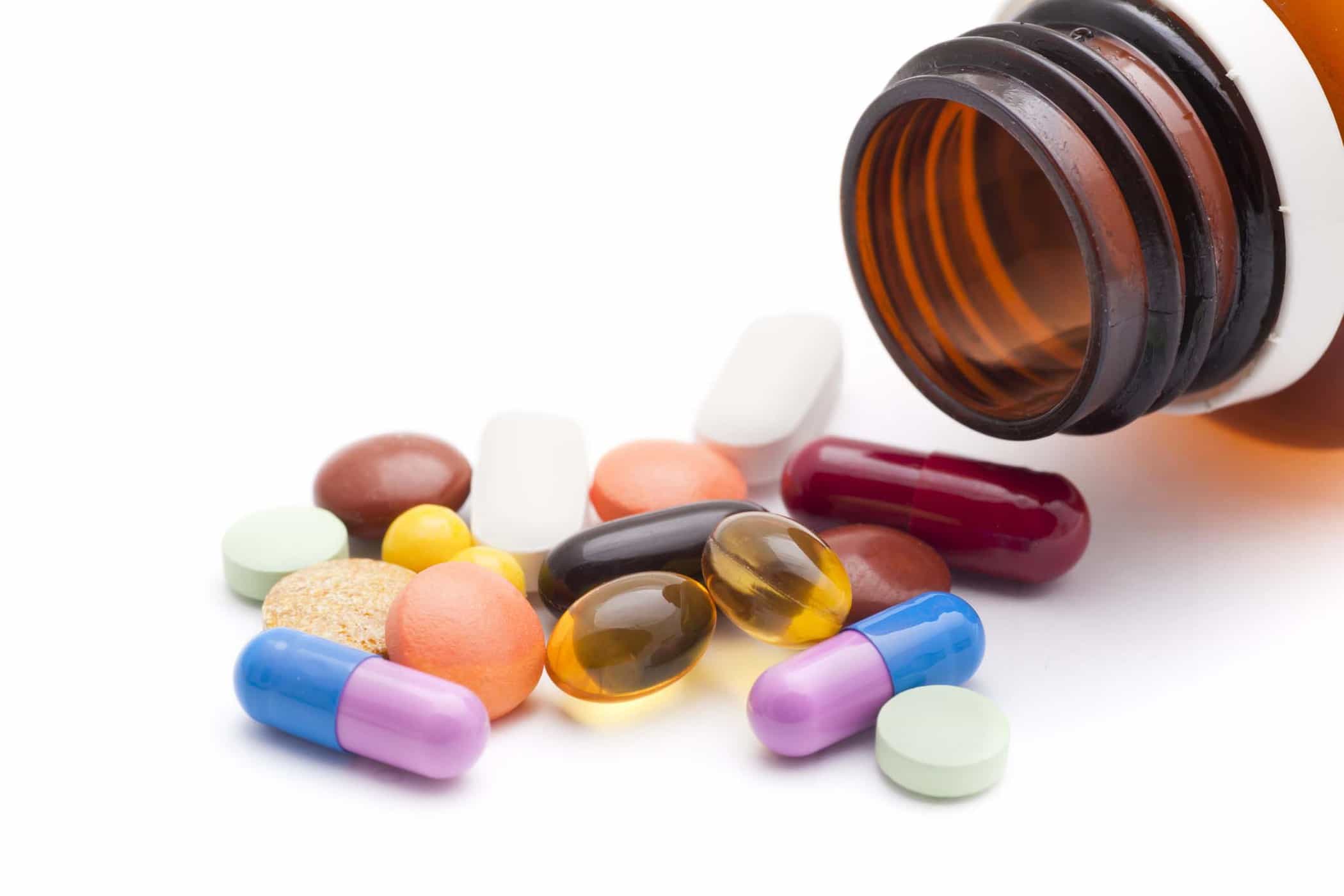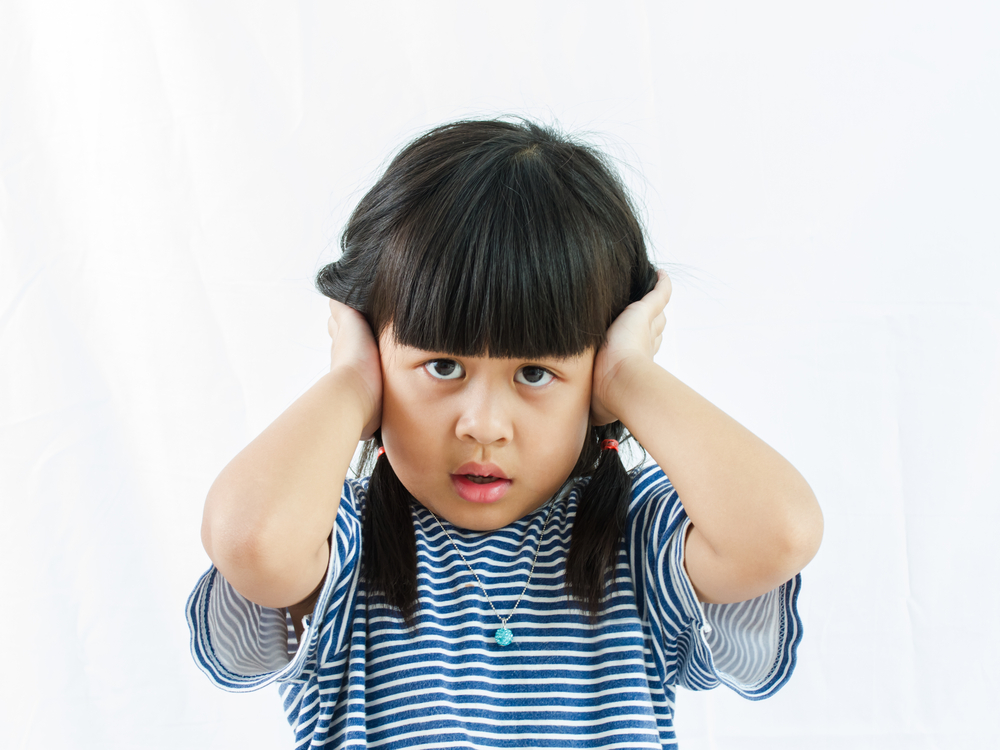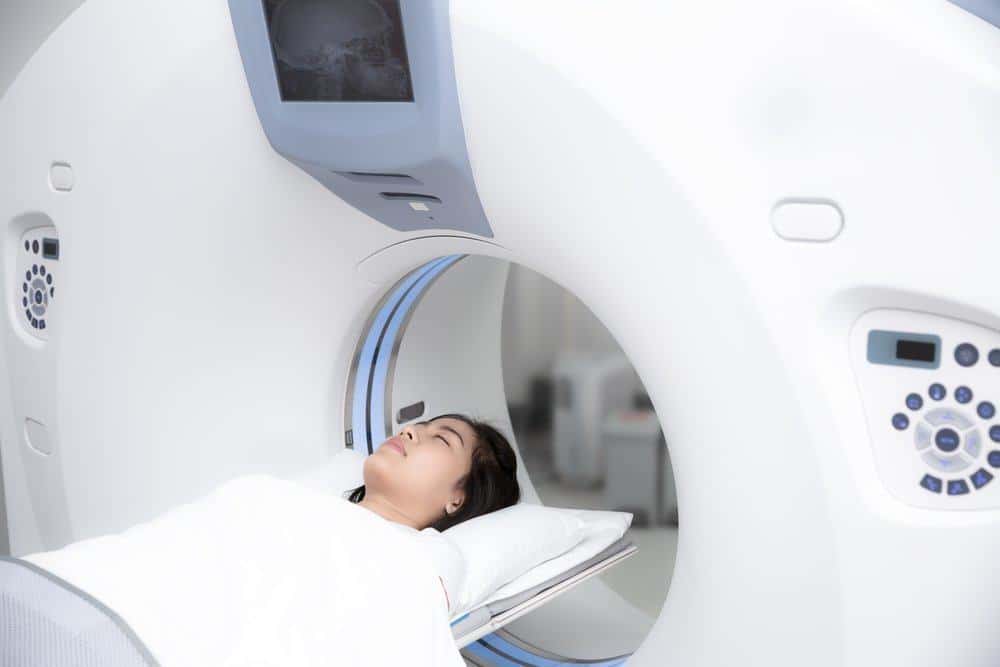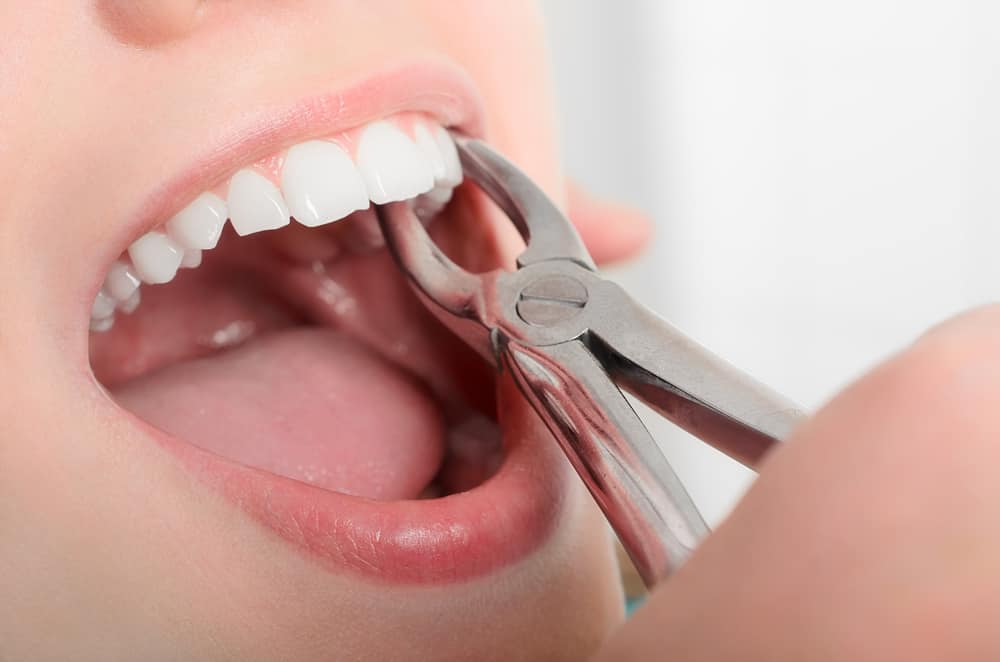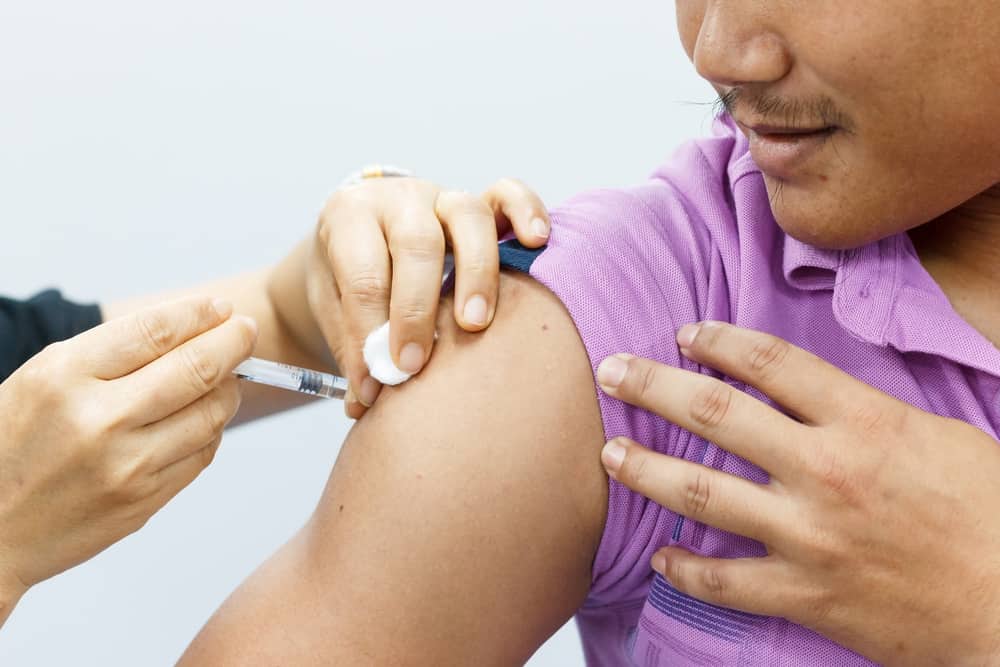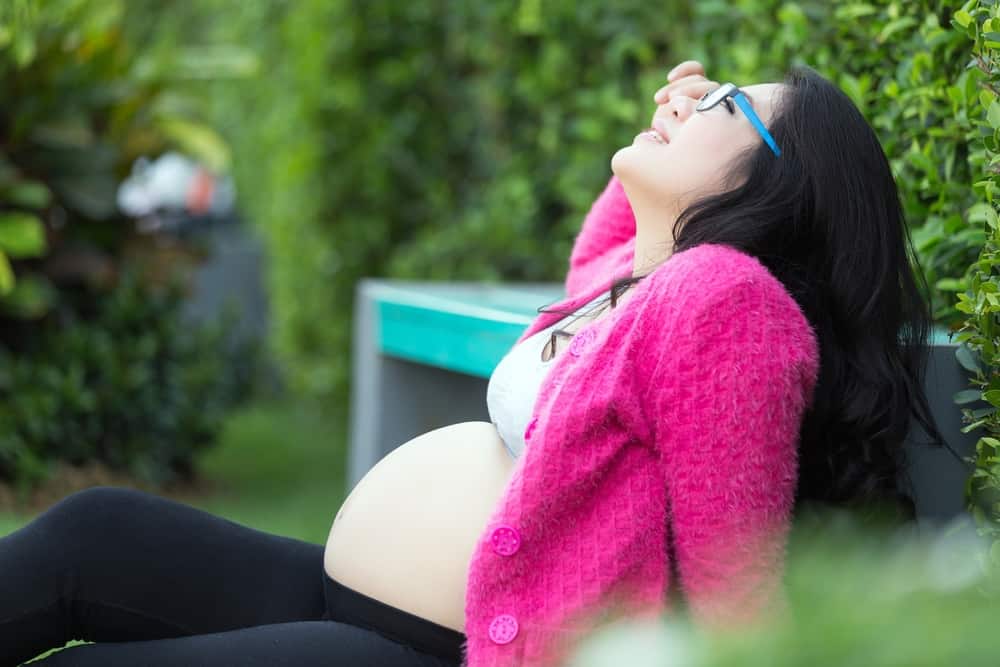Contents:
Medical Video: Pediatric Sepsis: A Diagnosis That Could Save a Life by Adrienne Randolph for OPENPediatrics
Sepsis, or sometimes called blood poisoning, is a deadly response from the human immune system to infection or injury. Sepsis can affect anyone, but is more likely to attack groups of people who have weak immune systems, one of them is a small child - especially a premature baby and a newborn.
In the United States there are more than 42 thousand children who experience severe sepsis every year and 4,400 of them die from it. This figure is noted to exceed child mortality due to cancer. Sepsis in children in developing countries like Indonesia is even more serious, and takes more lives. In comparison, the mortality rate of sepsis in newborn children in Indonesia is quite high, which is 12-50% of the total newborn mortality rate.
Here are some more information about sepsis in children that parents need to know
What is sepsis?
Sepsis is generally considered to be a condition that consists of a series of disorders due to infection - from bacteria, fungi, viruses, parasites, or toxic waste from these microorganisms - which already enter the bloodstream.
Infection is usually caused by bacteria that attack the body. To protect the body from disease, the body's immune system will fight bacteria in the most troubled parts of the body. However, if your child has sepsis, bacteria from infection and waste toxins can change body temperature, heart rate and blood pressure, while preventing body organs from working properly. This then causes widespread and uncontrolled inflammation, and blood clots in small blood vessels. As a result, the child's immune system reacts excessively and attacks the child's organs and tissues again.
How can sepsis in children occur?
Every type of infection in the body can trigger sepsis. Sepsis is often associated with lung infections (for example, pneumonia), urinary tract (for example, kidneys), skin, and intestines. Staphylococcus aureus (Staph), E. coli, and certain types of Streptococcus (strep) are the most common types of germs that cause sepsis.
In newborns and those in the early stages of life, transmission of sepsis is generally obtained from mothers who have streptococcus group B (GSB) infection during pregnancy; the mother has a high fever during labor; the baby is born prematurely; or maternal amniotic fluid ruptures more than 24 hours before labor or premature rupture of water (before 37 weeks gestation). In addition, babies can contract sepsis while in the NICU for treatment of certain health conditions; or contracting from an adult who has a contagious infection.
Infants and young children who have certain medical problems may not be able to receive the vaccine at a specified time. This makes children vulnerable to contracting the disease. Many of the infectious diseases in children can cause severe complications, especially German measles (Rubella), chickenpox, and Haemophilus influenza B (Hib).
In older children, physical activity (from school or playing) makes them more prone to blisters and open sores. If left untreated, even superficial scratches on the knee or elbow, or even from surgical sutures, can be a gateway for bacteria to enter the body and cause infection. In addition, children, like adults, can develop diseases such as urinary tract infections, ear infections, pneumonia, to meningitis and malnutrition. Untreated, these diseases can also cause sepsis.
What are the symptoms of sepsis in children?
Sepsis in a newborn child can produce a variety of symptoms. Often, babies only look "not as usual" by the eyes of adults. Symptoms of sepsis in newborns and young babies include:
- Avoid eating or having difficulty drinking ASI (or formula), vomiting
- Fever (more than 38ºC or high rectal temperature); sometimes body temperature is actually low
- Whining and crying constantly
- Flagging (not interacting and silent)
- Weak body (looks sluggish and "not filled" when you carry it)
- Changes in heart rate - slower or faster than usual (early septic symptoms), or very slow from normal (late sepsis, usually followed by shock)
- Faster breathing or difficulty breathing
- The moment the child stops breathing for more than 10 seconds (apnea)
- Skin discoloration - paleness, uneven skin tone, and / or blue
- Jaundice (yellowish eyes and skin)
- Reddish rash
- Small amount of urine
- Bulge or swelling in the crown of the baby
If you see your baby (3-12 months) showing these signs, especially high rectal temperature, mood changes, looking lethargic, and not eating, immediately take him to the doctor. If the child's whining cannot be relieved, does not want to make eye contact, or is difficult to wake up, immediately take it to the doctor even if the fever is not high.
Sepsis is the result of inflammation of the infection, therefore the symptoms of sepsis in children can include signs of infection (diarrhea, vomiting, sore throat, chills, chills, etc.) and any symptoms of the following: fever (or hypothermia, or seizures ), mood disorders (easily cranky, angry; looks confused, disorientated), breathlessness or difficulty breathing, drowsiness and lethargy (difficult to wake more than usual), a rash appears, looks sick "not feeling well", moist skin or always sweating, rarely urinating or not at all, or the child complaining of his heart pounding.
In addition, a child who suffers from sepsis may initially begin with another infection, such as cellulitis or pneumonia, which seems to be increasingly diffuse and / or getting worse, not better.
What is the impact if the child is affected by sepsis?
Sepsis requires medical treatment as soon as possible. Not dealt with, a series of manifestations of sepsis can range from blood poisoning accompanied by early signs of impaired blood circulation - including rapid heartbeat and shortness of breath, dilation of blood vessels, and fever (or hypothermia) - to a very drastic decrease in blood pressure, causing failure total organ system and death.
What should be done if the child has sepsis?
Detecting sepsis in children is not easy. Some children who experience blood poisoning become more fussy and lethargic, but sometimes the most obvious symptoms are only fever. This is why it is important to bring a child under 3 months to the doctor as soon as possible so that you realize that his rectal temperature exceeds 38ºC, even if he does not show other symptoms.
In general, if the child shows symptoms of any infection (from physical injury or internal disease), take it to the doctor - especially if he feels more "unwell" or the symptoms of the infection have not subsided. Doctors can run laboratory tests to determine the exact diagnosis of your child's complaints.
If sepsis is proven, or is only a temporary suspicion, the child can be recommended for hospitalization so the team of doctors can pay attention to the development of a child's infection and provide antibiotic infusions to fight infection - usually treatment begins even before an official diagnosis. Some medicines can be given to relieve your child's signs and symptoms and treat or control other problems. If needed, infants and toddlers may receive intravenous fluids to keep them hydrated, blood pressure medications to keep their hearts working properly, and respirators to help them breathe.
Can I prevent the risk of sepsis in children?
There is no guarantee to prevent all types of sepsis. But some cases can be avoided by preventing the transmission of GBS bacteria from mother to child during childbirth. Pregnant women can undergo a simple test between the 35th and 37th weeks of pregnancy to determine if they carry GBS bacteria.
Then, make sure that your child's immunization is complete and up-to-date, routine immunization given to the baby at this time includes vaccination against the prevention of certain types of bacterial pneumococcus and Haemophilus influenzae type B that can cause sepsis and occult bacteremia (blood infection). Recently introduced pneumoccocal (Prevnar) infections have been reported to reduce the risk of pneumococcal infections by more than 90 percent.
Make sure the child does not touch, pry, or skin boils or wet sores. Monitor every sign of infection. For children with medical devices such as catheters or long-term infusion, be sure to follow the doctor's instructions for cleaning and disassembling the device.
Finally, make sure that adults and older children who are sick do not kiss, hug, hold, or are near the reach of your child. People who handle babies and toddlers must have an up-to-date vaccination list. In addition, teach children and other family members to diligently wash their hands. Washing hands with water and soap is the best way to prevent infection.
READ ALSO:
- Childhood Fever Accompanied by Red Rash, Beware of Kawasaki Disease
- Why Are Children Fever After Immunization?
- Recognizing the Symptoms of Dengue Hemorrhagic Fever (DHF) in Children

